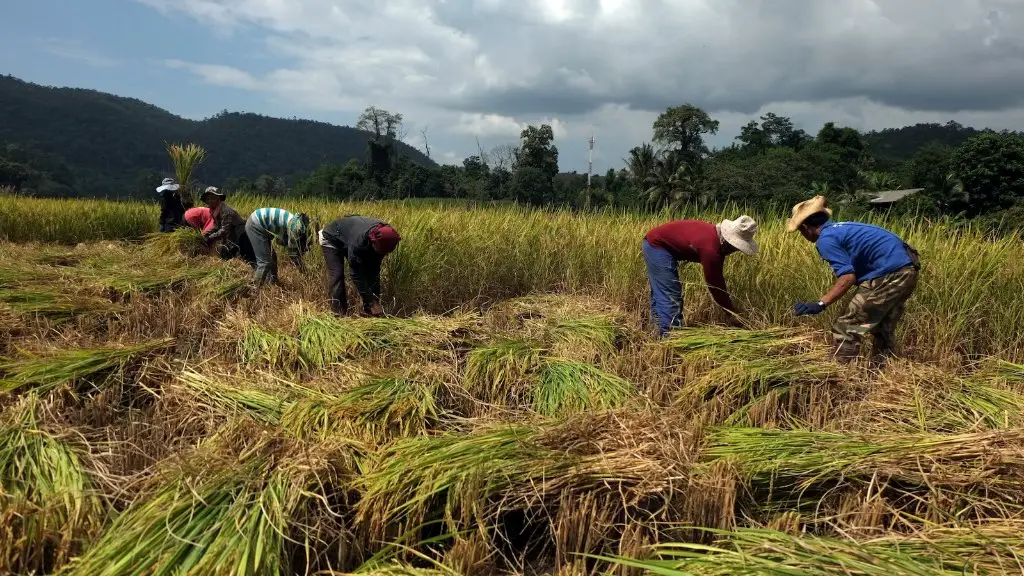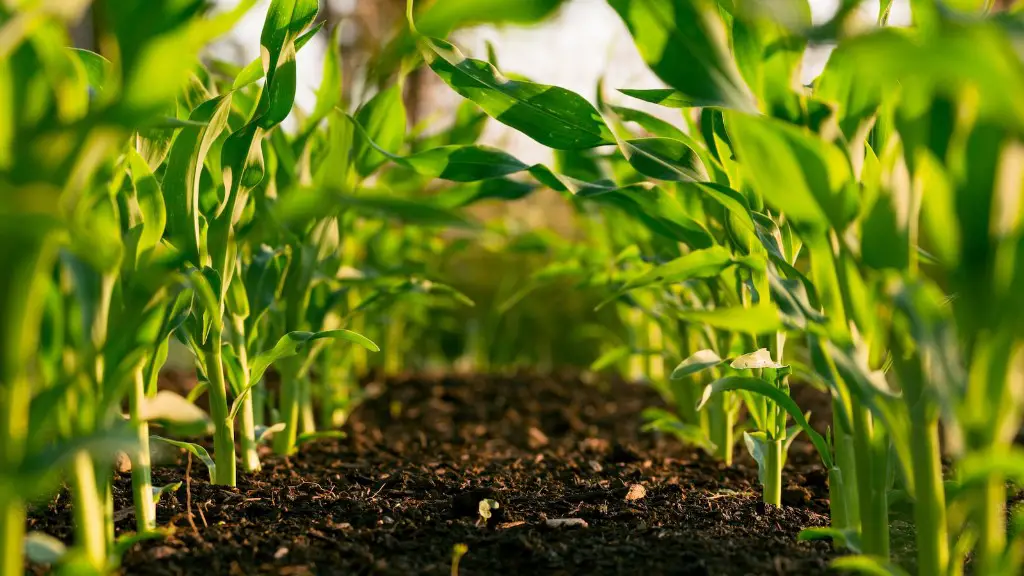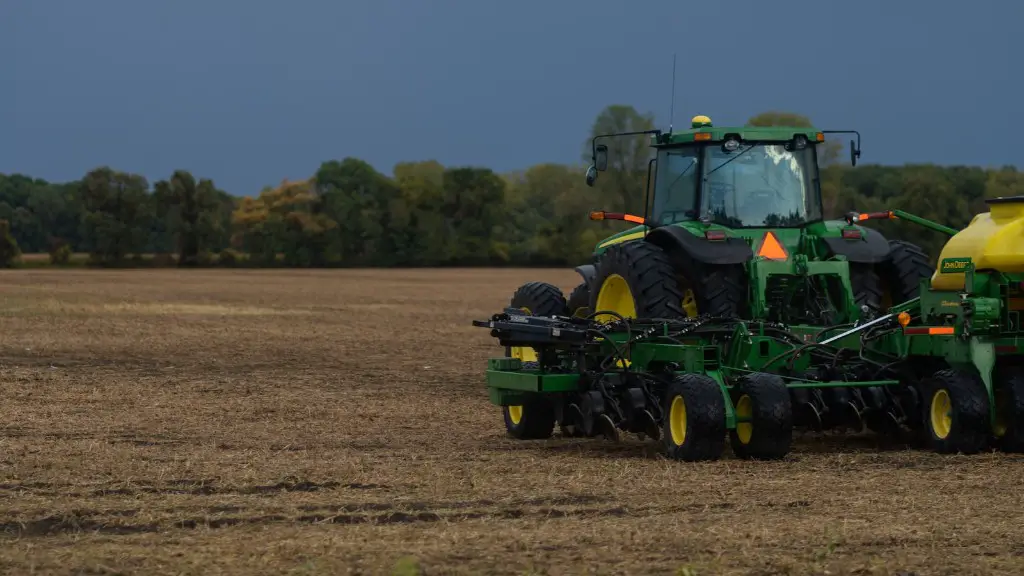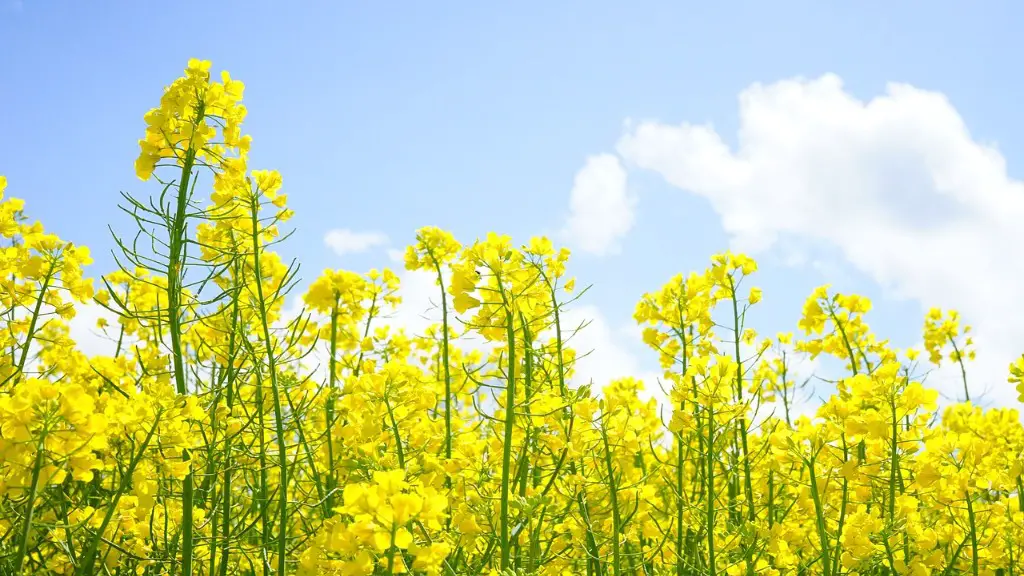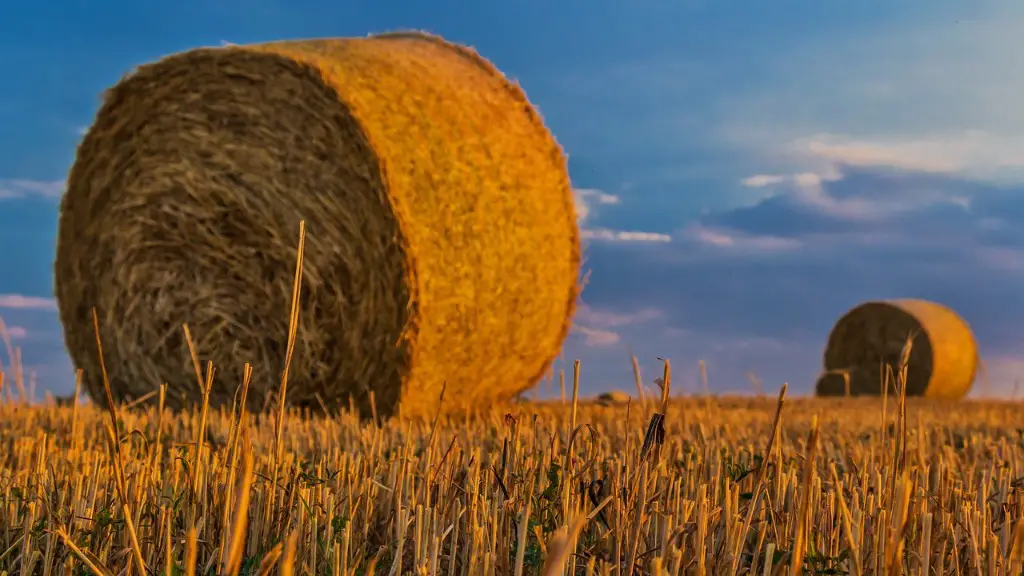As the world’s population continues to grow, so does the demand for food. To meet this demand, farmers need to produce more food with fewer resources. One way they are able to do this is by using packaging.
Packaging in agriculture is the use of packaging materials to protect and preserve food during storage and transportation. Farmers use packaging to extend the shelf life of their products and to keep them fresh and safe to eat. Packaging also helps to protect food from pests and damage.
Packaging plays a vital role in the food supply chain and is an important part of ensuring that food reaches consumers safely and in good condition.
In agriculture, packaging refers to the materials and methods used to enclosed and protect crops and other produce. This can include everything from the bags or boxes used to hold fruits and vegetables to the wrapping used to keep meat and dairy products fresh. Proper packaging is essential to maintaining the quality of fresh produce and preventing spoilage.
What is the importance of packaging in agriculture?
Agricultural packaging is essential to the food industry. It helps farmers and the exporters to deliver food in the handiest approach without any loss. Packaging prevents unnecessary waste post-harvest and during the processes of production, storage and transportation. It ensures short and long-term stability between the farmers and consumers.
There are a few different types of produce packaging that are commonly used. These include plastic clamshells, compostable clamshells, plastic bags, compostable bags, paper bags, bands and ties, bins, and boxes.
Each type of packaging has its own set of benefits and drawbacks. Plastic clamshells are often used for berries and other small fruits and vegetables. They offer good protection for the produce and are easy to stack and store. However, they are not biodegradable and can be difficult to open.
Compostable clamshells are made from plant-based materials and can be composted along with the food scraps they contain. They offer good protection for produce and are easy to stack and store. However, they can be more expensive than plastic clamshells and are not always widely available.
Plastic bags are often used for larger fruits and vegetables. They offer good protection and can be easily resealed. However, they are not biodegradable and can take up a lot of space when storing.
Compostable bags are made from plant-based materials and can be composted along with the food scraps they contain. They offer good protection and can be easily rese
What are the 4 types of packaging
There are 7 types of packaging to consider when choosing how to package your product: paperboard boxes, corrugated boxes, plastic boxes, rigid boxes, chipboard packaging, poly bags, and foil sealed bags.
Paperboard boxes are made from paper-based material and are lightweight, yet strong. Corrugated boxes are simply cardboard boxes that are commonly used for shipping and storing products. Plastic boxes are another option for packaging products, and are available in a variety of sizes and shapes. Rigid boxes are made from a stiff material and are often used for packaging heavier or larger products. Chipboard packaging is made from recycled paper and is a sustainable option for packaging products. Poly bags are made from polyethylene and are often used for food packaging. Foil sealed bags are made from aluminum foil and are used to package products that need to be airtight or moisture-resistant.
Stand up bags, also known as stand pouches or stand up pouches, are an effective and successful way to package agricultural products. Your product needs to be protected, and the stand up pouch not only protects, but also keeps these items fresher for longer.
What is the main purpose of packaging?
Packaging is important for many reasons. It can protect the contents from the elements, allow for the ease of transportation, provide information, add convenience in stocking, marketing and communicating the value of the product, security of the product to keep the consumer safe, and finally, environmental responsibility.
Your packaging should promote your product in the best light possible, highlighting its key features and benefits. Positioning is another important consideration – where will your product sit in the market? How will it be different from your competitors’ products? And how can you ensure that your packaging communicates this?
Presentation is also key – your packaging should be eye-catching and appealing, making sure that your product stands out on the shelves. And finally, you need to make sure that your packaging provides adequate protection for your product, ensuring that it reaches your customers in perfect condition.
What are four purposes for packaging agricultural produce?
Packaging of farm produce is important to protect the produce from damage, pests, or dehydration. wrapping the produce also helps to keep it clean and presentable for sale or distribution. There are many different types of packaging materials available, so it is important to choose the right material for the job.
The packing process is an important part of the shipping process. It takes place in the warehouse and typically consists of choosing appropriate materials and an appropriate container to pack the products, weighing the package, and labeling it with the relevant invoice or packing slip.
There are many factors to consider when packing products for shipment, including the type of product, the size and weight of the product, the shipping method, and the destination. Packing materials and containers must be chosen carefully to ensure that the products arrive at their destination safely and undamaged.
What are the examples of packaging
There is no definite answer when it comes to the best packaging type. It all depends on the product being shipped, the shipping method, and the preferences of the sender and recipient. Some common packaging types include poly bags, corrugated boxes, paper bags, paperboard boxes, plastic boxes, padded mailers, rigid boxes, and custom boxes.
Packaging is important for a number of reasons – it protects the product, keeps it from going bad, decreases costs, informs consumers, provides hygiene, and is a preventive measure. All of these factors contribute to making packaging an essential part of the product development and manufacturing process.
What are the five 5 elements of packaging?
Packaging is one of the most important elements in marketing, as it is one of the first things that consumers see when they encounter a product. Creating an eye-catching and memorable package design is critical for any business, as it can help to make a product stand out on the shelf and subconsciously influence consumers.
There are a few key elements to consider when designing packaging, including graphics and colors that will appeal to customers, as well as the size, status, and quality of the packaging. Using attractive and striking packaging is important, as it can help to create a strong first impression and make a product more memorable. Additionally, the size and status of the packaging can also influence consumers, as larger and more luxurious packaging can signify a higher quality product. Ultimately, businesses should consider all of these elements when designing packaging in order to create a design that will appeal to consumers and subconsciously influence their purchasing decisions.
There are three types of packaging: primary, secondary, and tertiary.
Primary packaging is the first layer of protection for a product and is in direct contact with the contents. It needs to be strong enough to hold and protect the product.
Secondary packaging contains and protects the primary packaging. It is usually an outer layer that provides additional protection.
Tertiary packaging is a type of packaging that is used for bulk storage and transportation. It is the outermost layer of protection.
How does packaging affect agricultural products
Packaging is an important aspect of marketing and selling produce. Proper packaging can reduce bruising and crushing, improve marketing of produce, reduce moisture loss, prevent (re-)contamination of the product with spoilage organisms, reduce pilferage, and maintain a sanitary environment during marketing.
There are a variety of different types of packages that can be used to store and transport goods. Sacks, wooden crates, carton or fibreboard boxes, plastic crates, pallet boxes, and shipping containers are all common types of packages. Baskets, which are made of woven strips of leaves, bamboo, plastic, or other materials, are also often used to transport goods.
What is packaging requirements?
There are a variety of packaging requirements that regulate the way in which goods can be packed or the materials that can be used for packaging. For example, some requirements may stipulate that only certain materials can be used for food packaging, or that goods must be packed in a certain way to ensure safety and quality. Ultimately, these requirements help to protect consumers and ensure that products are safe and fit for purpose.
Packaging is an important aspect of any product, as it helps to protect the contents from damage, keep them safe from harm, and make them more attractive to consumers. However, it is also important to consider the usability and sustainability of packaging when choosing materials and designs.
Warp Up
Packaging in agriculture is the process of packing agricultural products for transport, storage, or sale. Agricultural packaging can be made from a variety of materials, including paper, plastic, metal, and wood.
Packaging in agriculture refers to the use of packaging materials to protect produce from damage during transport and storage. Agricultural packaging can also be used to promote and sell products.
